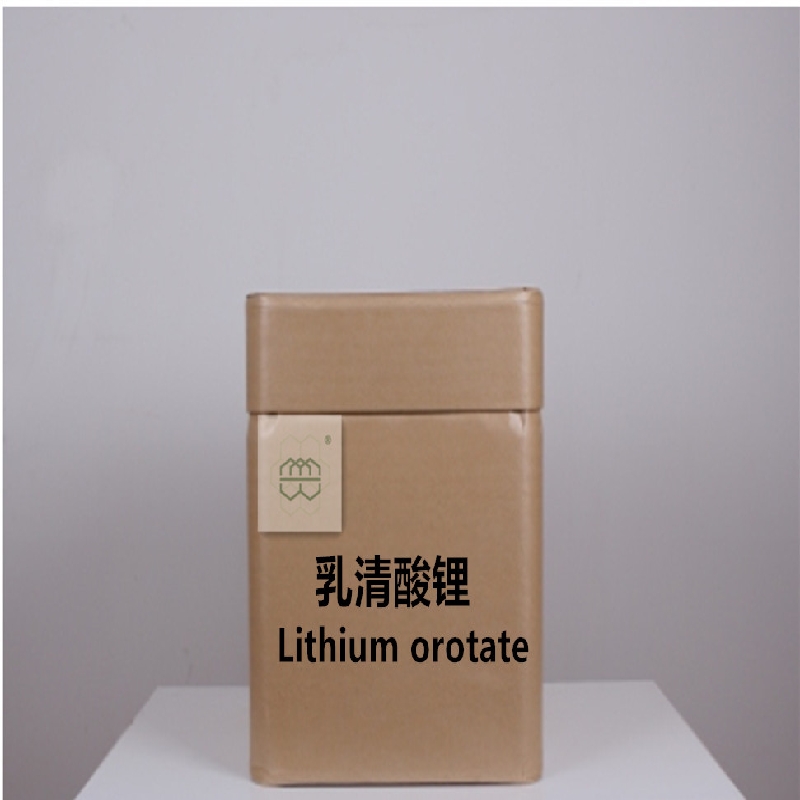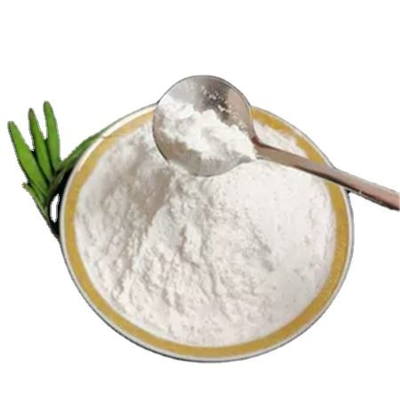-
Categories
-
Pharmaceutical Intermediates
-
Active Pharmaceutical Ingredients
-
Food Additives
- Industrial Coatings
- Agrochemicals
- Dyes and Pigments
- Surfactant
- Flavors and Fragrances
- Chemical Reagents
- Catalyst and Auxiliary
- Natural Products
- Inorganic Chemistry
-
Organic Chemistry
-
Biochemical Engineering
- Analytical Chemistry
-
Cosmetic Ingredient
- Water Treatment Chemical
-
Pharmaceutical Intermediates
Promotion
ECHEMI Mall
Wholesale
Weekly Price
Exhibition
News
-
Trade Service
| The development mechanism of maize leaf epidermal cells revealed |
Studying the development mechanism of epidermal hair and stomata is very important for cultivating crop varieties with high photosynthetic efficiency, strong stress resistance and adapting to different environmental conditions.
Recently, Wang Haiyang's research group from the School of Life Sciences, South China Agricultural University published a research paper in "New Botanist", revealing the molecular mechanism of ZmSPL10/14/26 that promotes corn leaf epidermal hair development by regulating the expression of ZmWOX3A and auxin-related genes .
The thesis systematically studied the detailed cytological development process of the three types of epidermal hairs and stomata, and showed that the three types of epidermal hairs and stomata of corn leaves all developed from proto-epidermal cells (PDC) through uneven division, and their precursor cells Destiny can be changed.
This study revealed for the first time that the three transcription factors ZmSPL10, ZmSPL14 and ZmSPL26 play a key role in the fate determination of corn leaf epidermal hairs and stomata.
The results of the study provide novel clues and a solid foundation for elucidating the cell fate decisions of the epidermal hairs and stomata of maize and other gramineous plants, and provide useful guidance for the cultivation of new maize varieties with high yield and stress resistance (drought, high temperature).
Related paper information: org/10.
org/10.
1111/nph.
17293" target="_blank">https://doi.
org/10.
1111/nph.
17293







